I was deciding between the SB-600 and an SB-800. The differences are addressed and reviewed at KRW. Almost quite significantly, the differences are the performance and price.
- SB-800 functions as a commander (which can trigger other flash strobes in CLS) while SB-600 can only function as a slave. However, the built-in flash on the D200 can be used as a commander to command multiple groups of flash strobes in CLS.
- SB-800 has a higher Guide Number (GN, aka fire power) 125 compared to SB-600's 98(GN compared at ISO 100, 35mm)
- SB-800 zooms further to 105mm compared to SB-600's 85mm, giving more coverage.
- SB-800 has a repeating strobe feature that allows multiple fires in one exposure, while SB-600 does not have this feature.
- SB-600 gives a faster recycling time* of 2.5s compared to SB-800's 4s.
*SB-800's recycling time can be improved to 2.5s by the use of an external power supply pack such as the SD-8A or using the 5th battery. - SB-600 gives more shots of 220 compared to SB-800's 150.
- SB-800 comes with a omnibounce, built-in bounce card, a set of color gels and 5th battery cradle, but not the SB-600.
- SB-600 is cheaper S$330 (street price) compared to SB-800 S$580 (street price).
- SB-600 had a higher resale value at S$250 compared to SB-800 S$450 (wiithout warranty).
After much homework, I believe that I do not require that much power of the SB-800. I only fancy it being a commander, slightly more power and the free omnibounce. However, I can find alternatives for the omnibounce by getting the after-market Stofen Omnibounce or Gary Fong's LightSphere. I intend to DIY my own bounce devices later on. I will have to fork out almost double the amount to get the SB-800, when most of the time, I believe that I will only be using lesser power. Hence, I opted for the SB-600.
After almost a few weeks of waiting, I finally found someone letting go SB-600 again. The reason for having second-hand flash strobes is because flash strobes have a limited life span and after which the flash tubes would need replacement, hence people tend to let go after the warranty is over for more than a year. I found my SB-600 slightly above 2 years old and the condition being rather minty.
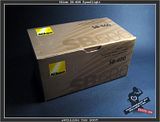
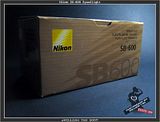
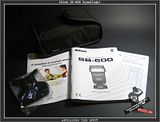
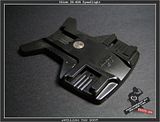
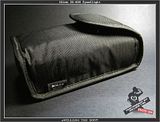
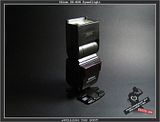
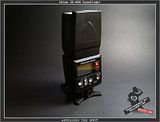
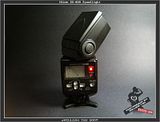
Creative tilting and swivel angles.
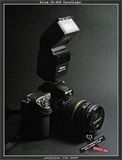
SB-600 (with built-in 14mm diffuser on) on D200
I took my SB-600 for a trial to compare the Differences between Direct Flash and With Flash Bounce*.
*I have not made my own bounce and diffuser device. Hence, I set the speedlight to bounce off the ceiling.
Here goes, Left images are with SB-600 pointing directly at the subject while Right images are with bounce off the ceiling. No image enhancements have been made.
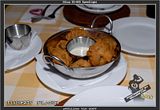
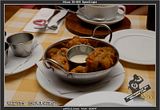
SUBJECT: Grilled Seafood Platter for two
VENUE: Manhattan Fish Market
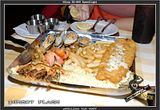
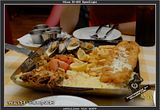
SUBJECT: REVOLTECH No. 024 Gaiking
VENUE: Home studio
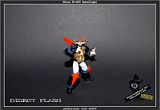
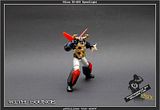
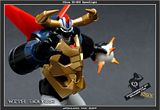
Verdict: I do not require a bounce card if I know how to position my flash head such that I can bounce off the walls. However, there are scenarios that can complicate flash bouncing, such as tall ceilings, coloured walls or outdoors. That is when I would require a diffuser such as the Stofen Omnibounce to diffuse the light out into multiple stray angles, thus reducing harsh direct flash.
Keep a lookout while I engineer my own Omnibounce and Gary Fong's Lightsphere.
Meanwhile, I am going freelance photography for cheap hire and to build up my portfolio ;)
technorati tags
Nikon SB-600 Speedlight Flash Strobe
Comments